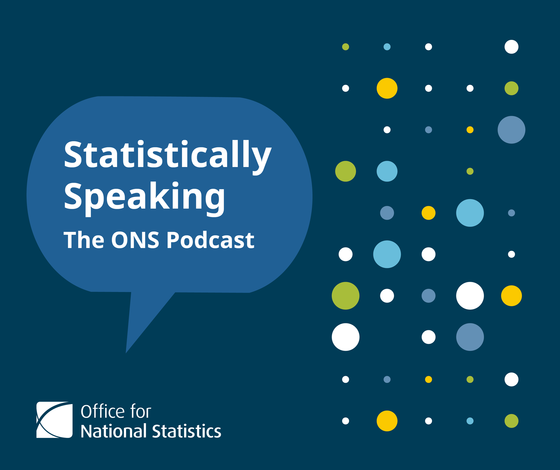Local Data for Local People: How new data sources are helping to calibrate communities

Many economic forces are global, but some of the solutions to issues like competitiveness, productivity and inequality might begin on our doorsteps. In this episode of Statistically Speaking we shine the spotlight on local data and look at how good statistics for small areas make for better targeted policy interventions, and more effective use of valuable public resources.
Stephen Jones, Director of Core Cities UK, tells podcast host Miles Fletcher that:
“The need for really understanding, and having a quantitative basis, for what’s happening in a place is absolutely crucial for designing policy. Whether that’s policy about trying to make the economy grow, trying to reduce disadvantage, or delivering the most effective and efficient public services in the right places at the right times – all of those things, whether in the public or private sector, need to be built on a good evidence base.
“If you know that you are 10% higher or 20% lower than your neighbouring area, or a city of the same size, it’s those kinds of contextual dimensions that really help nuance and finesse your policymaking.”
Also joining Miles in this episode, to explore how new data sources are helping to calibrate local communities, are ONS colleagues Emma Hickman, Deputy Director of the Sub National Stats Division; and Libby Richards, Deputy Director for UK-wide Coherence and Head of ONS Local – an important new initiative that is making it easier for local decision makers to compare their areas with similar localities across the country.
As Libby explains:
“So often, if you are trying to understand a particular place, you have to go to lots of different sources to actually find information about one area – maybe health or education data – and then collate that yourself.
“What our Sub National Indicators Explorer tool allows people to do is bring together all of those relevant indicators into one place so you can find your local authority and compare it with up to three others across more than 40 different metrics, ranging from gross median pay, right the way through to healthy life expectancy.”
Click here to listen to the full episode now or find us on your podcast app of choice.